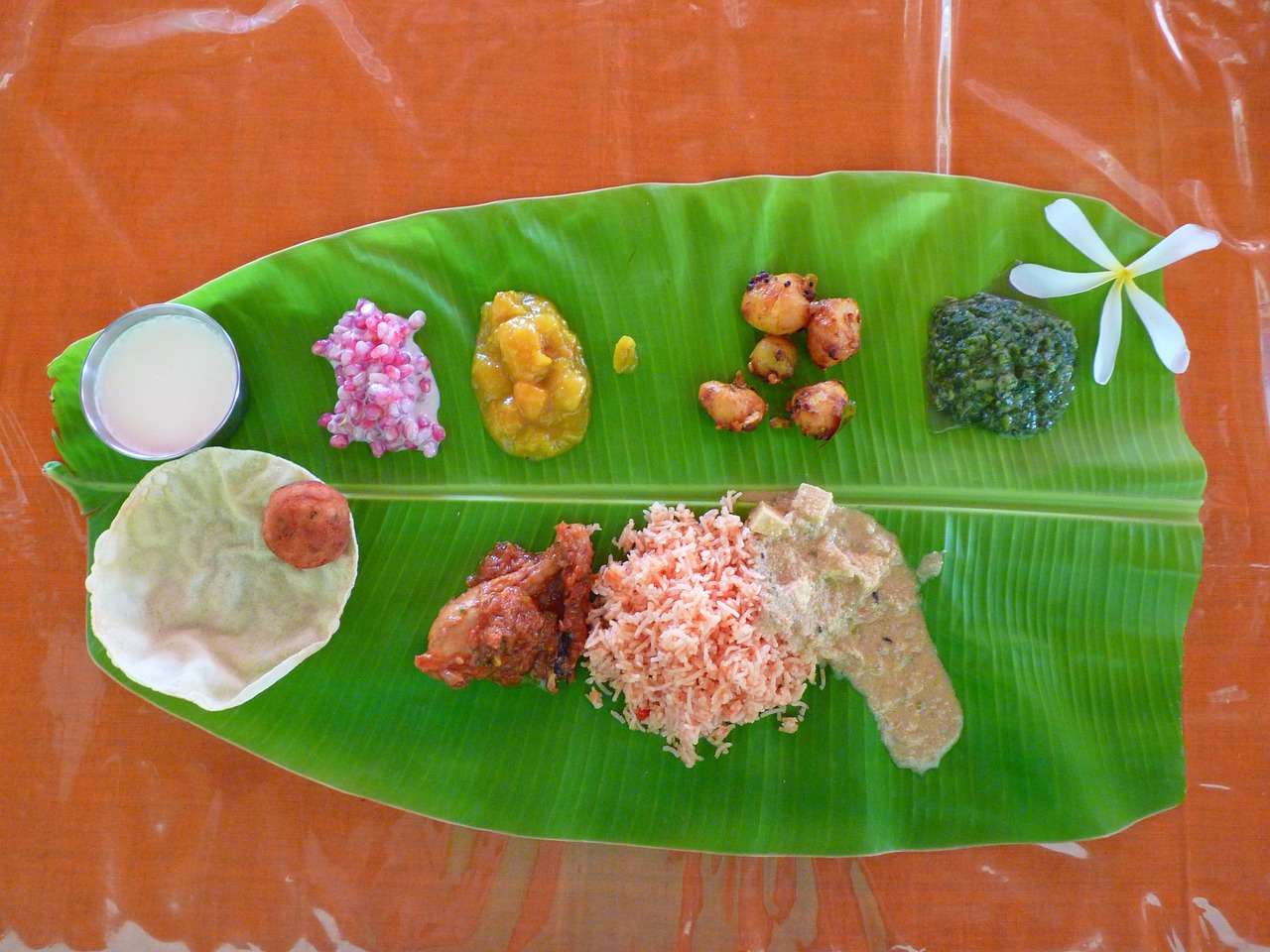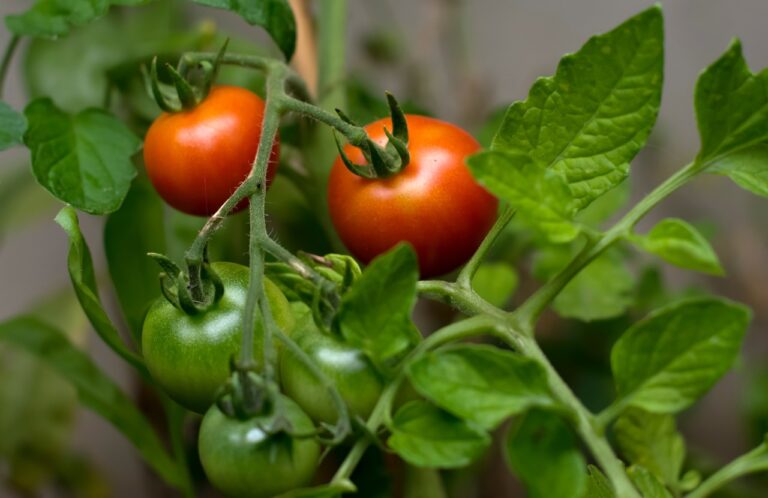Analyzing Food Trends: What’s Hot and What’s Not?
Whether we admit it or not, food trends play a significant role in shaping our culinary landscape. From the rise of plant-based meat alternatives to the ubiquity of avocado toast on brunch menus, what we choose to eat reflects our ever-evolving tastes and preferences. Social media platforms like Instagram fuel the popularity of visually appealing dishes, such as intricate layered smoothie bowls and over-the-top milkshakes topped with an assortment of decadent treats.
One cannot ignore the increasing demand for artisanal and locally sourced food products. Consumers are now more conscious about the origin and quality of the ingredients in their meals, leading to a surge in farm-to-table dining experiences and a resurgence of traditional cooking methods. The emphasis on sustainability and supporting small-scale producers has driven the popularity of farmer’s markets and community-supported agriculture programs, where individuals can directly connect with the sources of their food.
Traditional Foods Making a Comeback
In recent years, there has been a noticeable resurgence of traditional foods in the culinary scene. Dishes that were once considered old-fashioned or outdated are now experiencing a revival among both chefs and home cooks. These traditional foods often hold a sense of nostalgia and cultural significance, making them appealing to a new generation of food enthusiasts.
One reason for the comeback of traditional foods is a growing interest in exploring and preserving culinary heritage. As people become more conscious of the importance of traditional foodways, there is a renewed appreciation for dishes that have been passed down through generations. The authenticity and simplicity of traditional foods also align with the rising trend of seeking out unprocessed and wholesome ingredients in modern diets.
Innovative Ingredients in the Culinary World
In the constantly evolving world of culinary arts, chefs and food enthusiasts are always on the lookout for unique and innovative ingredients to elevate their dishes to new heights. From exotic fruits like dragon fruit and jackfruit to ancient grains such as quinoa and farro, the possibilities are as endless as they are exciting. These ingredients not only add depth and complexity to dishes but also provide a fresh and adventurous culinary experience for those willing to explore the unknown.
In recent years, the use of plant-based proteins like tempeh, seitan, and tofu has gained significant momentum in the culinary world. With a growing emphasis on sustainability and health-conscious eating, these ingredients offer a nutritious alternative to traditional meat-based proteins. Chefs are utilizing their versatility in various cuisines, showcasing their ability to mimic the texture and flavor of meat while providing a plant-powered option for those seeking a more environmentally friendly and ethical dining experience.
• Plant-based proteins like tempeh, seitan, and tofu are gaining popularity
• They offer a nutritious alternative to traditional meat-based proteins
• Chefs are showcasing their versatility in various cuisines
• These ingredients provide a plant-powered option for environmentally friendly dining
What are some current popular food trends in the culinary world?
Some current popular food trends include plant-based meats, fermentation, and unique flavor combinations.
Can you give examples of traditional foods that are making a comeback?
Yes, traditional foods such as bone broth, fermentation, and ancient grains are making a comeback in the culinary world.
What are some innovative ingredients being used in the culinary world?
Innovative ingredients such as jackfruit, aquafaba, and nutritional yeast are being used in creative ways in the culinary world.







